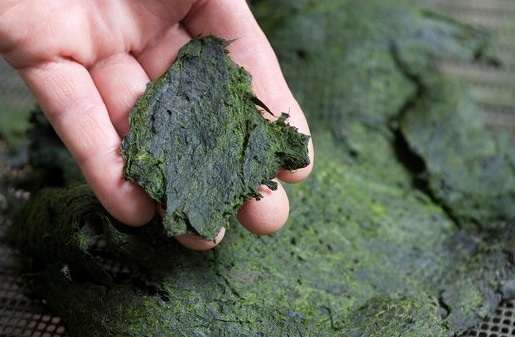
Tagging the most promising feedstocks for biofuels
A USDA-funded study is developing new pricing and trading standards for cellulosic biomass feedstocks. A first step in the study is to identify the most promising feedstocks and the technologies employed to produce cellulosic biofuels.The top five feedstocks and their production goals for 2015 were algae, 857 million gallons; palm, rapeseed oil and waste fat, 572 million gallons; palm waste, 316 million gallons; corn, 263 million gallons; and municipal solid waste, 233 million gallons.
February 4, 2011

My new research assistant, David Ripplinger, is helping me with a U.S. Department of Agriculture-funded study that has the goal of developing new pricing and trading standards for cellulosic biomass feedstocks. A first step in the study is to identify the most promising feedstocks and the technologies employed to produce cellulosic biofuels.
We have developed a database of current and planned biomass projects using commercial data published in several biofuel industry publications and by the U.S. Department of Energy. Projects were reviewed to assure progress was being made and the activity wasn’t just hype.
In total, more than 100 different projects were included. Of these, there were more than 25 alternative technologies employed and just as many feedstock sources.
The top five feedstocks and their production goals for 2015 were algae, 857 million gallons; palm, rapeseed oil and waste fat, 572 million gallons; palm waste, 316 million gallons; corn, 263 million gallons; and municipal solid waste, 233 million gallons.
Agricultural straws and stovers, which have been highlighted for several years, didn’t make it very far up the list as potentials. The highest was corn stover at 64 million gallons. Dedicated energy crops, such as switchgrass and miscanthus, were not even included in the top 25 possibilities being considered.
With respect to production and conversion technologies, the ranking was far tighter. Hydroprocessing (772 million gallons), algae fermentation (750 million gallons) and fermentation of feedstocks other than algae (678 million gallons) were highly ranked. Enzymatic hydrolysis, pyrolysis and gasification, which are actively discussed in the literature, also ranked low.
Several interesting points can be made with this data. First, 2015 isn’t that far away, and production in our totals falls short of renewable fuel standard (No. 2) national goals for cellulosic biofuel production. Firms are going to have to accelerate research development, technology deployment and commercialization to achieve these goals. A significant hurdle is capital, which is only now starting to thaw.
Second, economic reality is going to sort out the winners from the losers. While algae is at the top of the list, the feedstock recently has received several quite negative reviews with respect to commercial viability and affordability. Trade policy also is going to have a huge effect on economics, especially for feedstocks such as palm, which are imported. Our personal view is that waste fats and solid waste offer a competitive advantage because of the low delivery cost.
Third, with technology alternatives ranked so closely, it is premature to anoint a winner. Continued refinement easily could result in reshuffled rankings. Finally, the apparently low relationship between feedstock and technology implies that most feedstocks have potential, regardless of which technology evolves.
While the word "likely" is in the title of this article, the best technology or feedstock choices are not crystal clear as of yet.
You May Also Like



